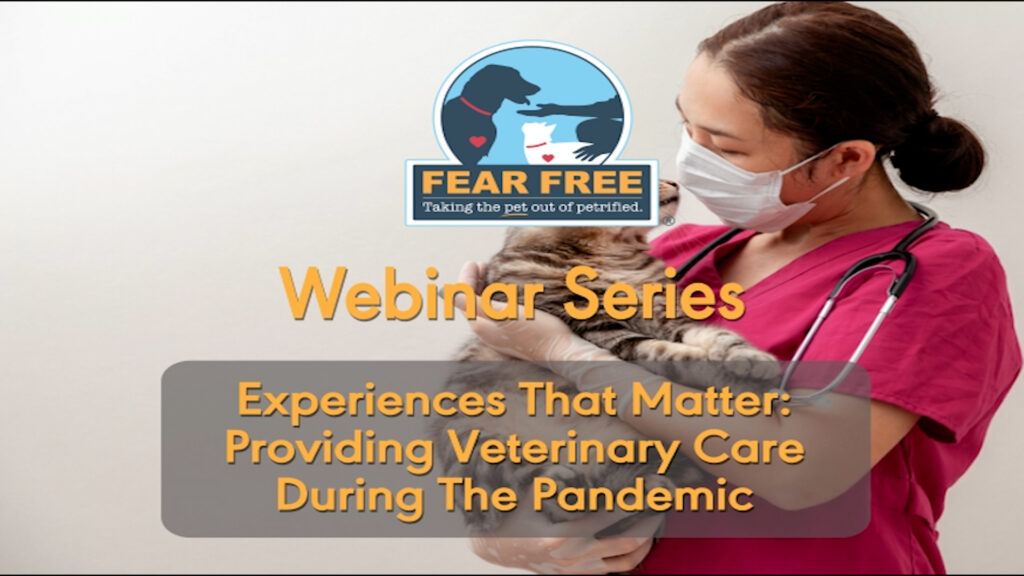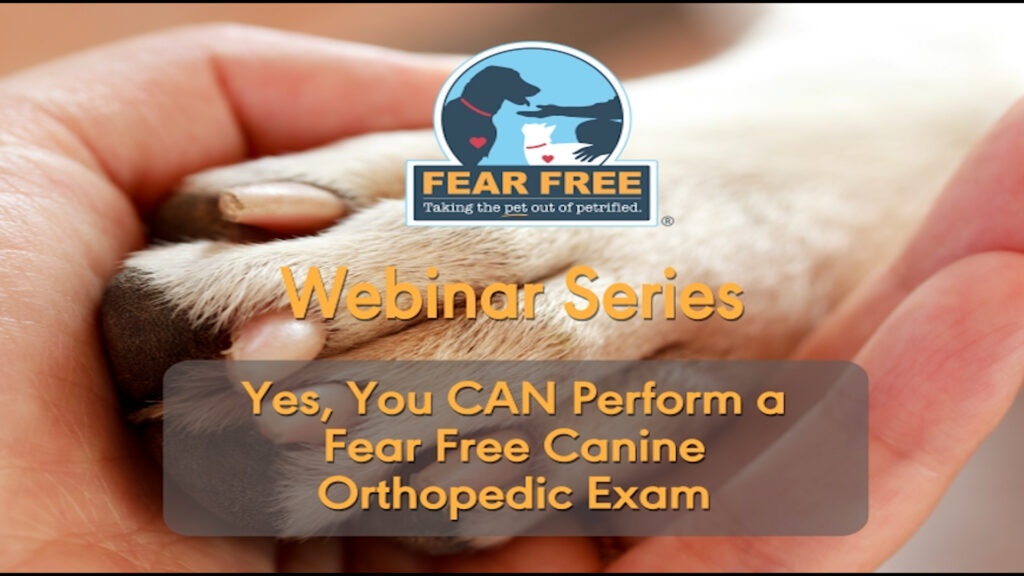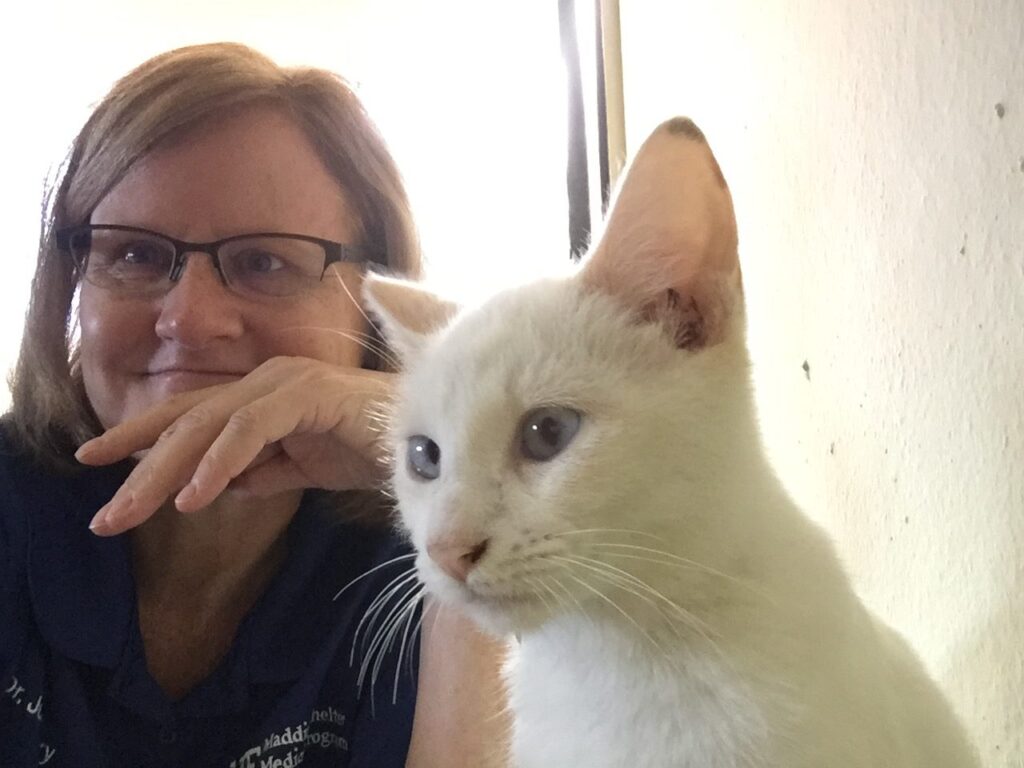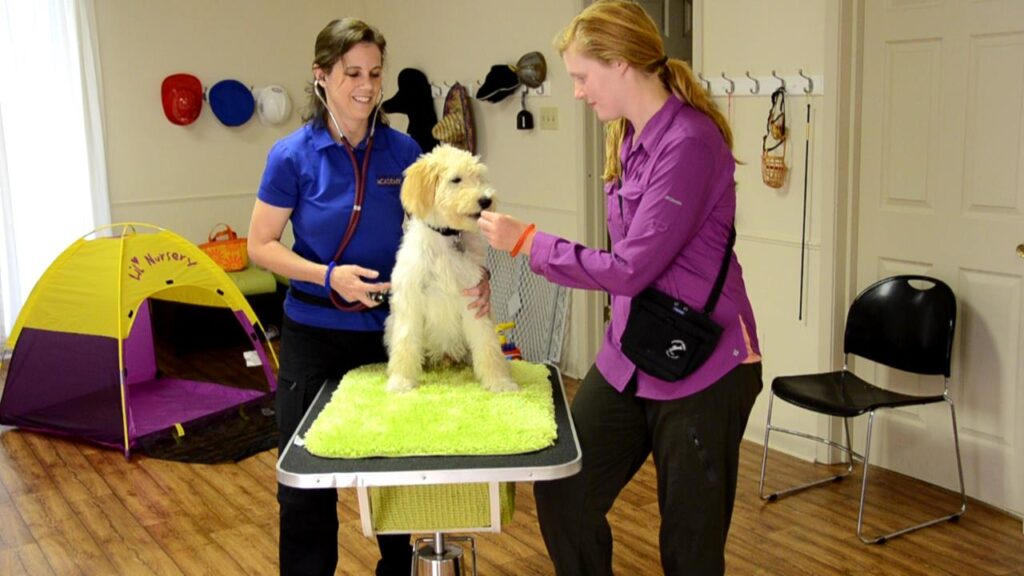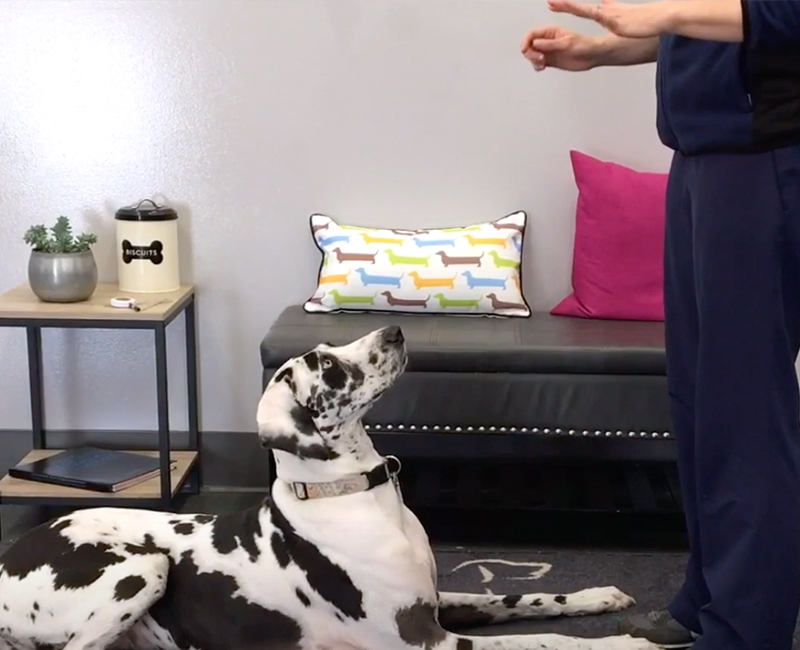
These battered bonds are often related to behavior problems such as destruction to the home, inappropriate elimination, and aggression. In a 2013 study by Jennifer Y. Kwan and Melissa Bain, 65 percent of owners relinquished pets for behavior reasons. This study also supported the use of positive reinforcement, finding that use of punishment-based methods resulted in less satisfaction with a pet’s behavior, which can be damaging to the bond.1
The word “repair” means to restore by replacing a part or putting together what is torn or broken or to restore to a sound or healthy state. How can we repair a nearly broken human-animal bond? The role of a veterinary technician or assistant can be crucial in mending and strengthening this bond.
A skilled veterinary behavior professional should be able to demonstrate the prescribed behavioral therapy plans, coach the client through them, and be flexible with both pet and owner learning styles.2 In my practice, I describe my role as “case manager”: the person with whom each client is in contact with most frequently. It is my job to relay information clearly and effectively to the veterinarian and be sure that the entire behavior team (veterinarian, trainer, and owner) are working toward the common goal of restoring the bond.
Counseling aspects of behavioral medicine and marriage/family therapy have many commonalities.3 One of the most profound similarities is how change occurs in the context of treatment. In behavior medicine, our clients may come in with negative thoughts, anger, and fears associated with their pet. The veterinary technician or assistant’s role in the behavior team is to change the emotional experience of the pet along with that of the pet owner. When a family walks into our practice and their pet has been displaying owner-related aggression, my first questions are the following:
- How are you feeling about your pet?
- Do you feel safe in your home?
- What is your current relationship with the pet?
The client needs to express their concerns if treatment is going to be attempted. Behavioral therapy is essential, but the context and triggers of the problem are less important until people can form a more positive association with the pet. After the veterinarian discusses the behavioral diagnosis, I typically break down the information in a more down to earth fashion so the entire family can understand the mental concerns their pet has developed. In this way, the family can begin to relate to the pet and see things through their eyes, and this can jump-start the process of rebuilding the bond.
A second similarity to human-based therapy is the difficulties and barriers associated with clients.4 Most of our clients walk into the consultation room and expect to be told they did something wrong. They may be defensive, anxious, and closed off, reluctant to give a detailed behavioral history, which can impact treatment.
Sometimes clients are fearful about sharing a pet’s aggressive behaviors because they do not want to euthanize their pet. They feel as if they will be judged and forced to make an unwanted decision. One of my strongest skills as a behavior team member is gaining the trust of clients and building a strong rapport early on. I want each client and pet to have a wonderful experience with our clinic, but I also want to have a strong connection with that client, share empathy, and understand each issue from their perspective.
Clients may be at the end of their rope, but usually there is an inch of that rope left to work with. I think of the rope as the bond between owner and pet. Hang on to that tiny piece as it is still technically intact! Each client walks into the practice for a reason even if there is only a tiny strand of the bond remaining. If you can open them up, connect, and gain their trust, you can begin to reshape the negativity they feel toward their pet and repair the relationship.
One of the most important terms when repairing the human-animal bond is “empathy,” the ability to have a deep emotional understanding of another’s feelings and experiences.5 For veterinary behavior team members, this ability is crucial for success with any client or patient. They should be able to identify and empathize with the fear and anxiety the pet and client may be experiencing. This is the first step in modifying the behavior of both. Psychologist Marshall Rosenberg stated it best: “When we understand the needs that motivate ourselves and others’ behaviors, we have no enemies.” 6
I think this is important to recognize when working to rebuild or strengthen a human-animal bond. It is important for the client and veterinary behavior team to see things from the pet’s perspective. The client can then learn that the pet is not their enemy. The pet is not performing these behaviors to spite them. The pet is fearful, stressed, or anxious and may be trying to keep themselves safe. Being able to take a walk in someone else’s shoes, or paws, is a vital step in deepening the human-animal bond.
Mending the human-animal bond is not an easy task. It takes the expertise of a strong, educated, and skilled veterinary behavior team to even begin to reunite and mend the connection between client and pet. When working in a general practice, any sign that the human-animal bond is deteriorating between a client and patient should be brought to the team’s attention so the veterinarian can make a referral to a veterinary behavior practice.
As veterinary team members, we all want to save the lives of pets. This begins with keeping a strong bond between client and pet. Giving appropriate, science-based recommendations on training and behavioral therapy can be the first step in this process, starting with puppy and kitten visits. If we all work toward a common goal, we can make a difference.
References:
- Kwan Y. Jennifer, Bain J. Melissa. Owner Attachment and Problem Behaviors Related to Relinquishment and Training Techniques of Dogs. Journal of Applied Animal Welfare Science. 2013; 168-183. https://doi.org/10.1080/10888705.2013.768923
2-6. Shaw K. Julie, Martin Debbie. Canine and Feline Behavior for Veterinary Technicians and Nurses. 1st edition. John Wiley; 2015.
This article was reviewed/edited by board-certified veterinary behaviorist Dr. Kenneth Martin and/or veterinary technician specialist in behavior Debbie Martin, LVT.


